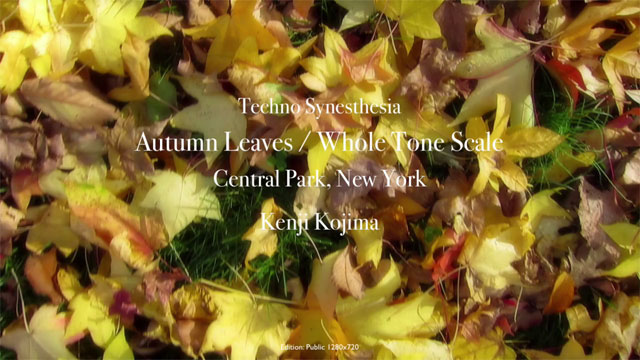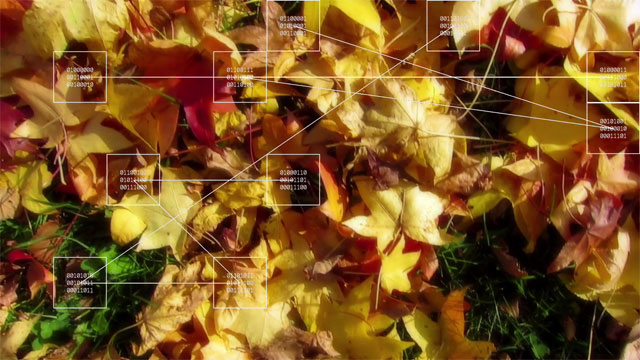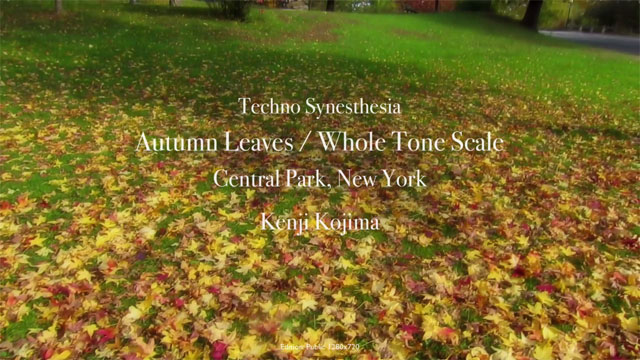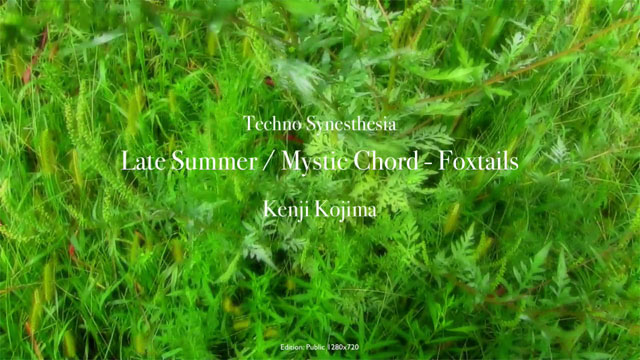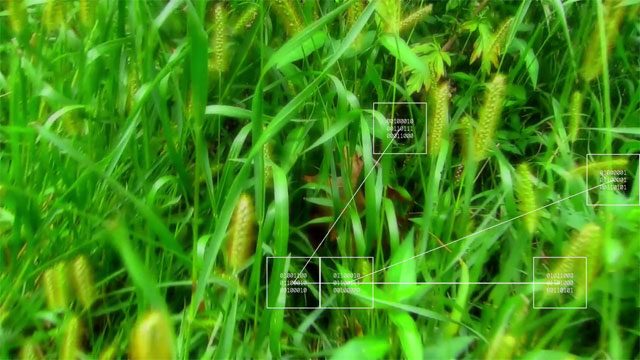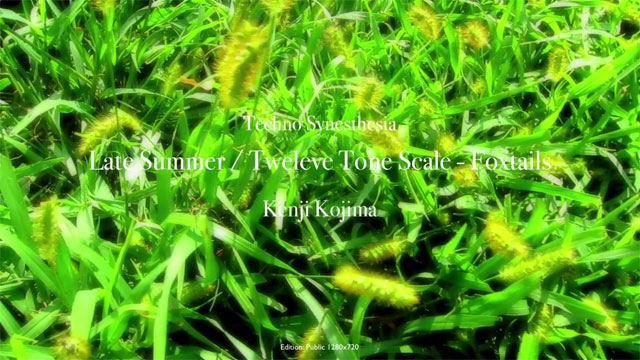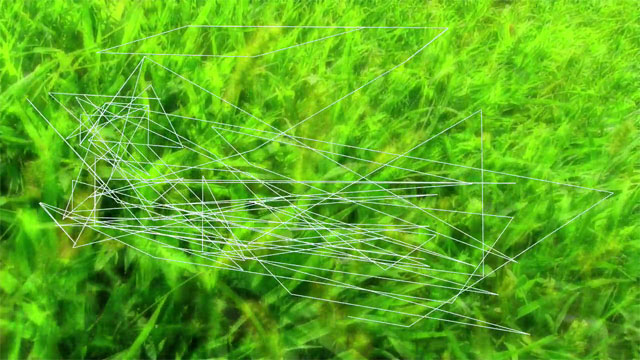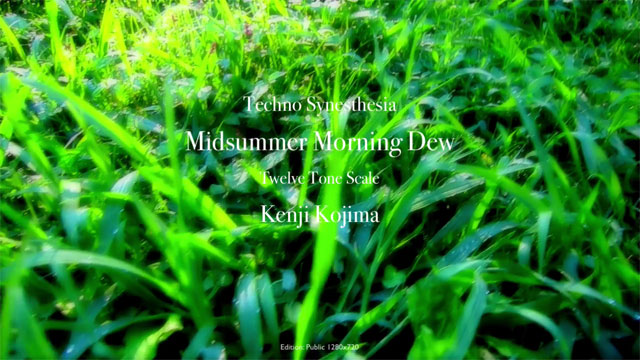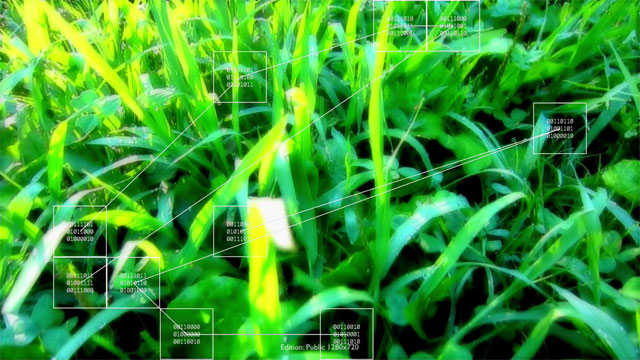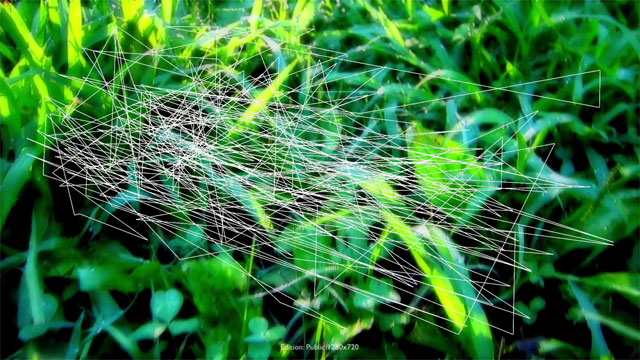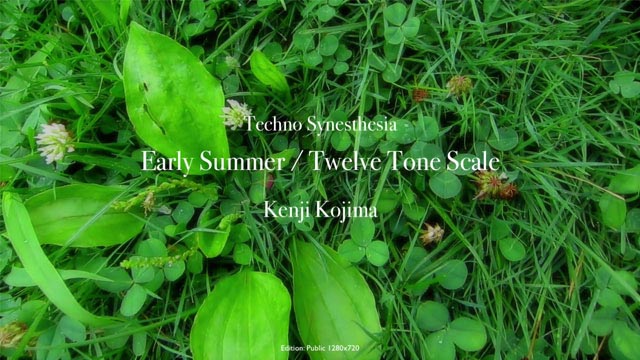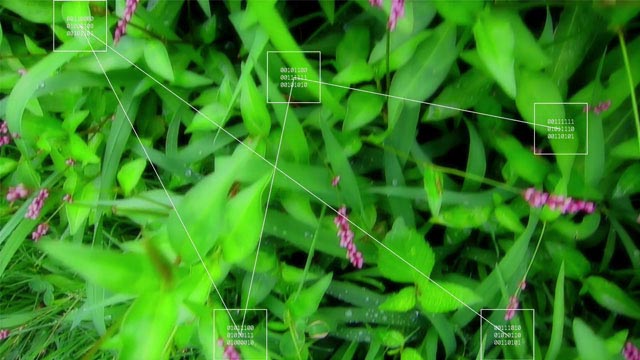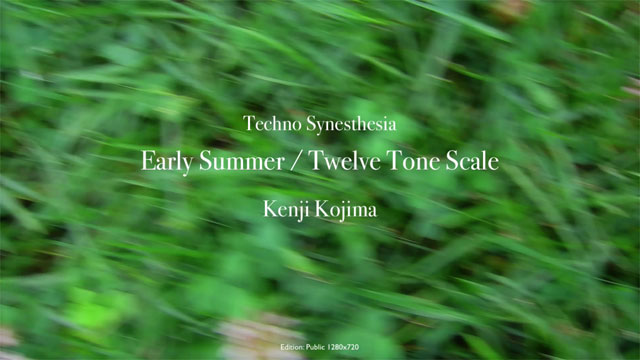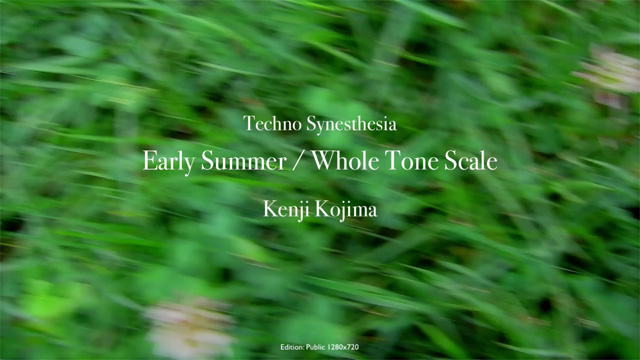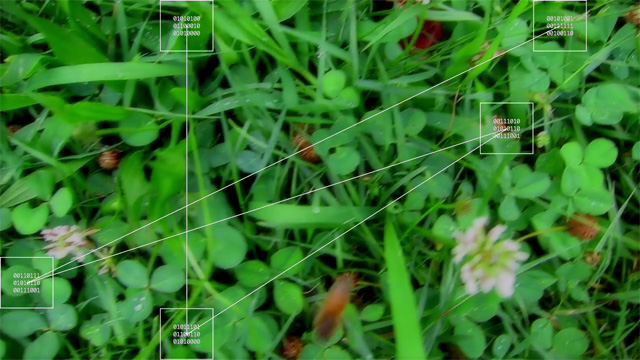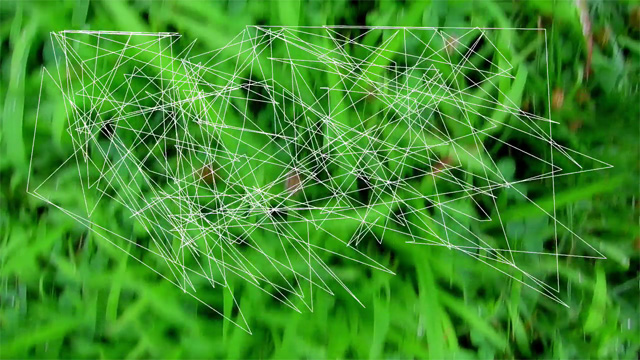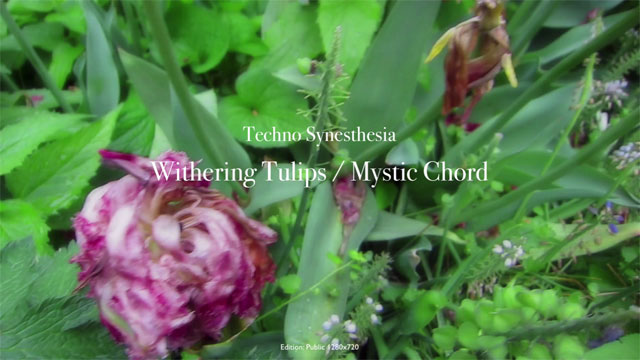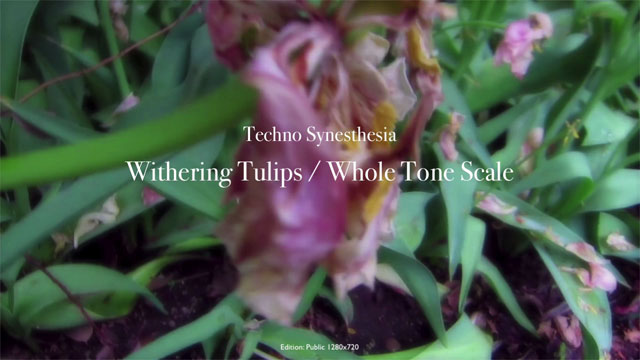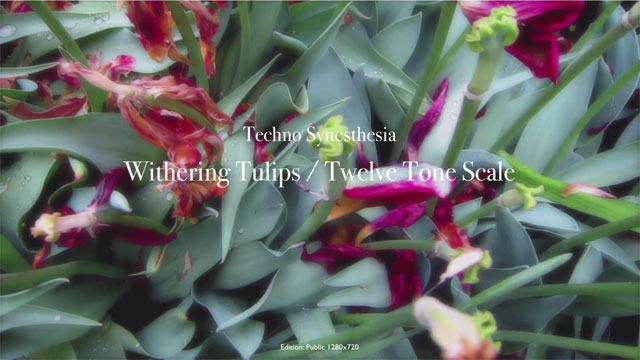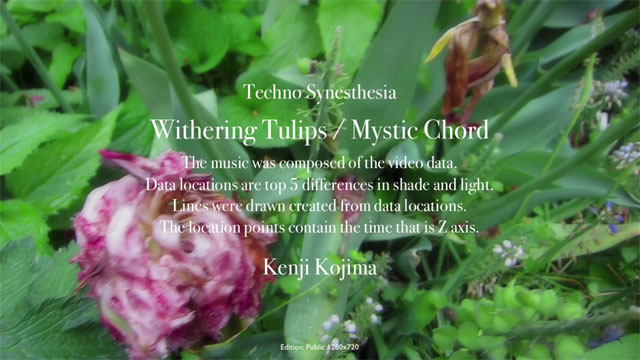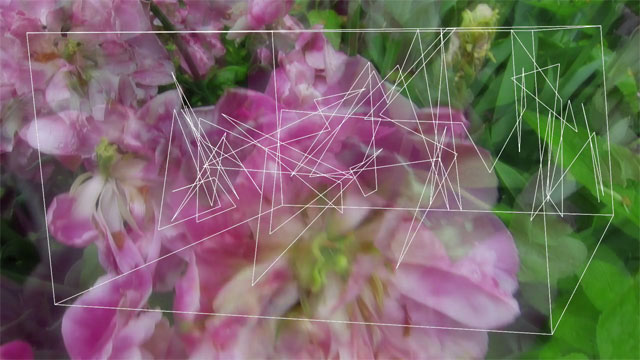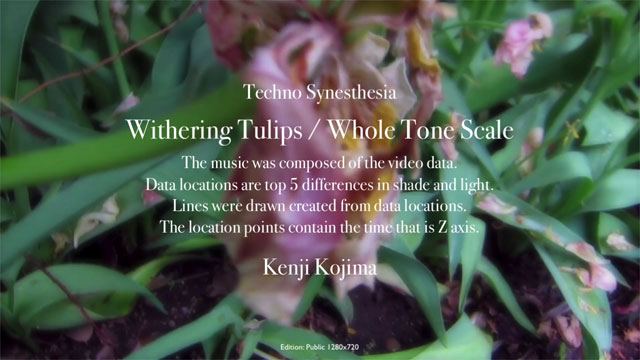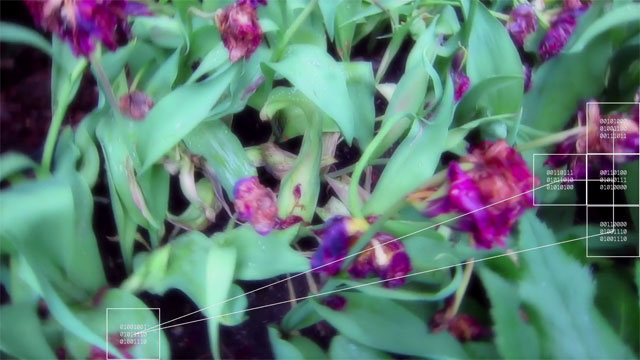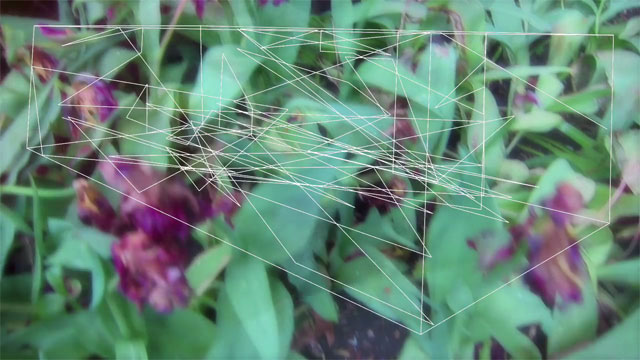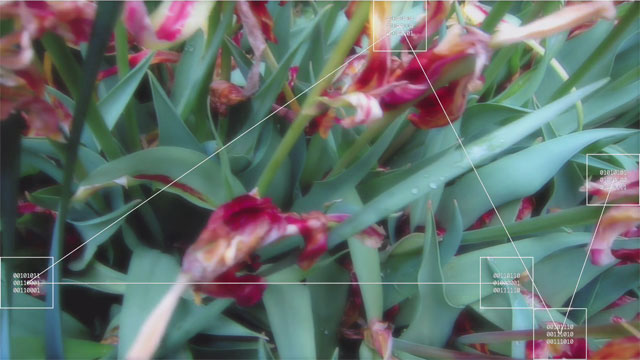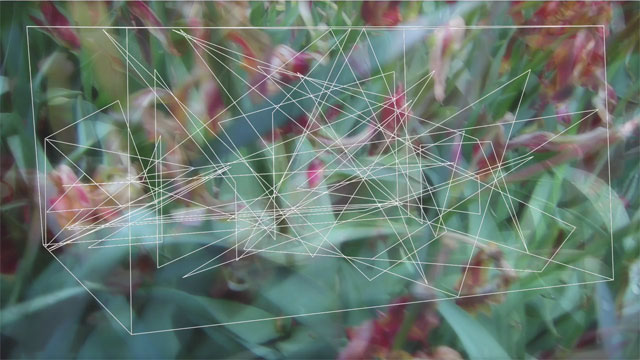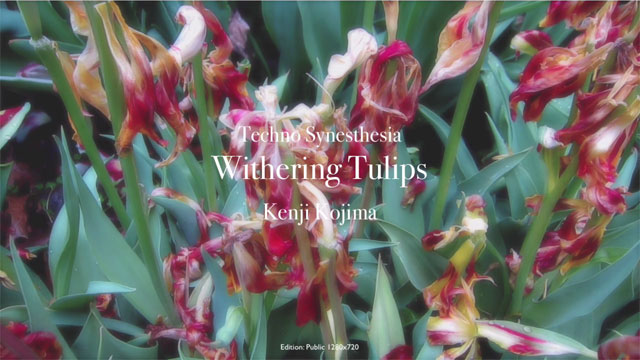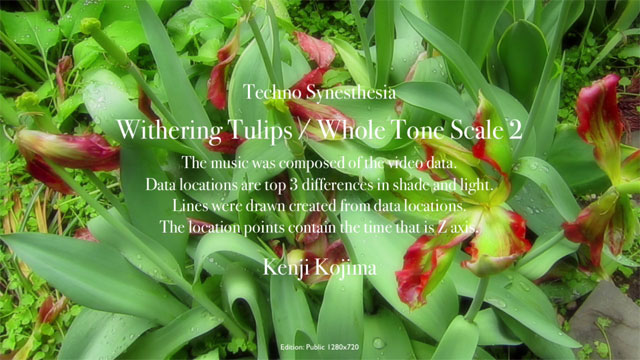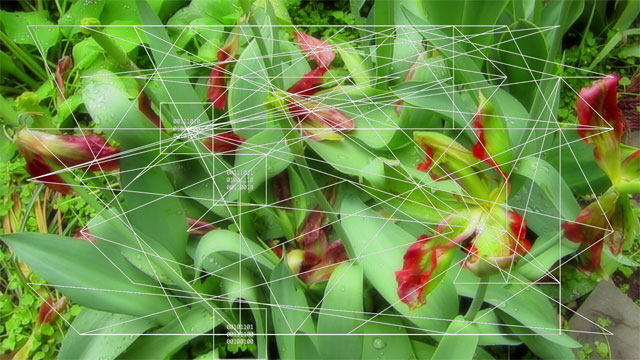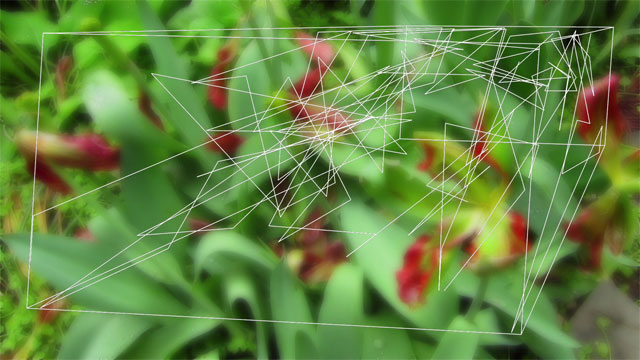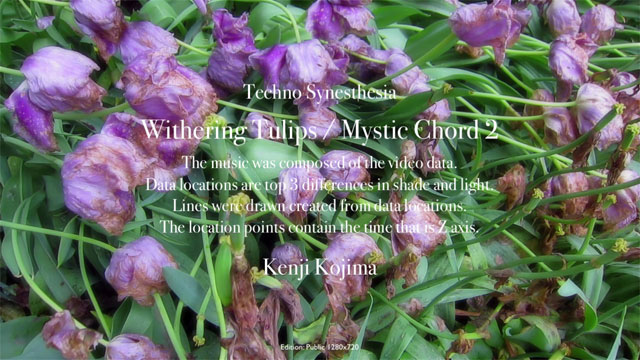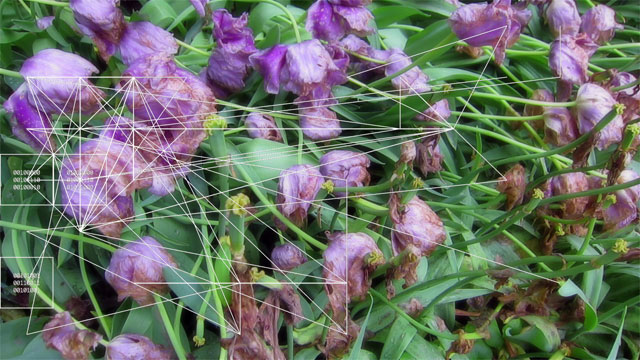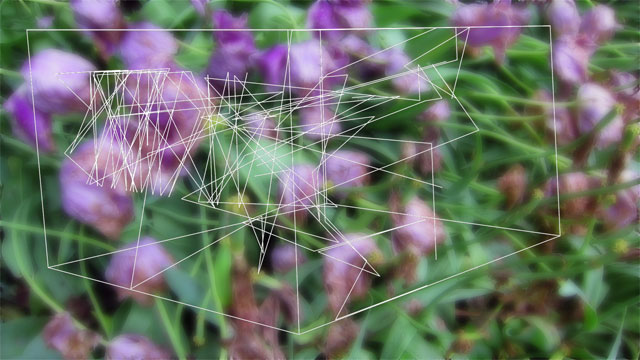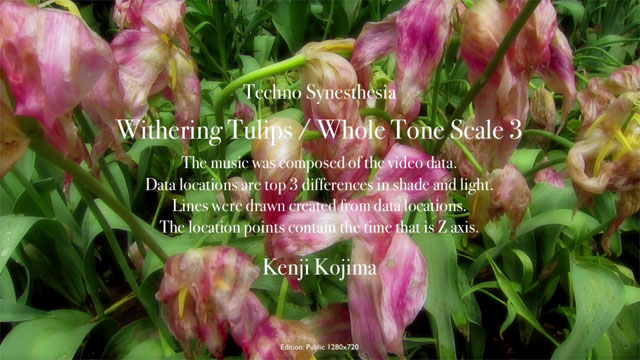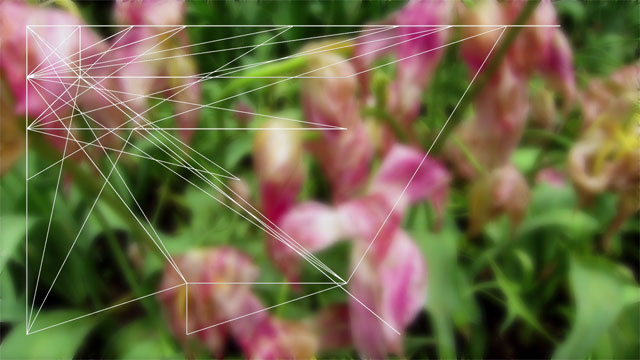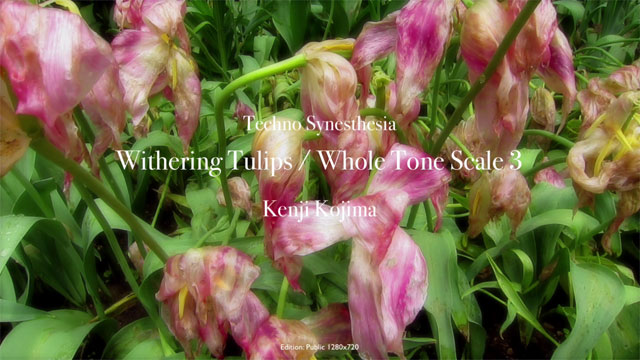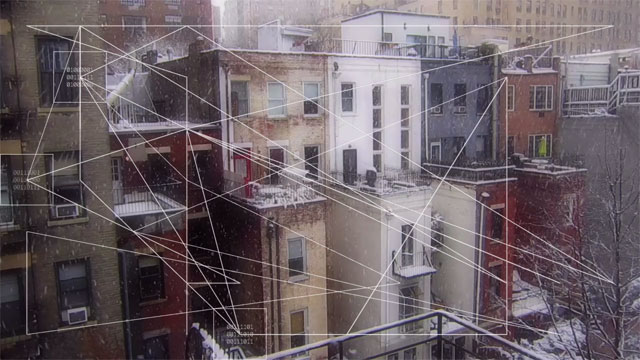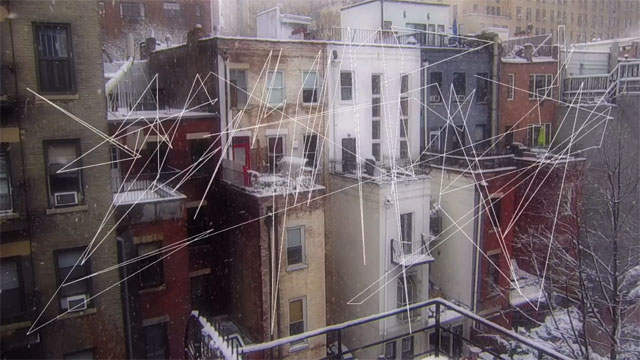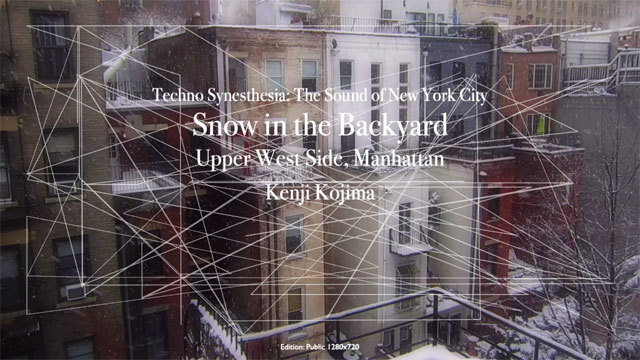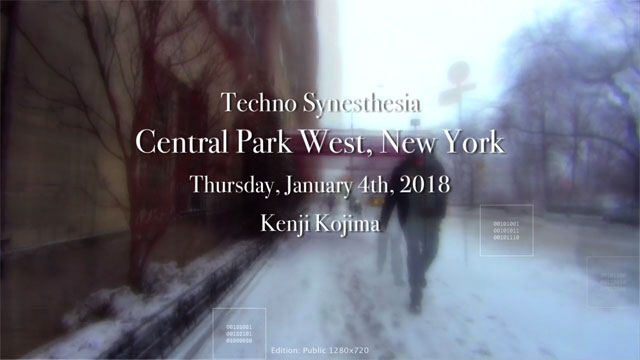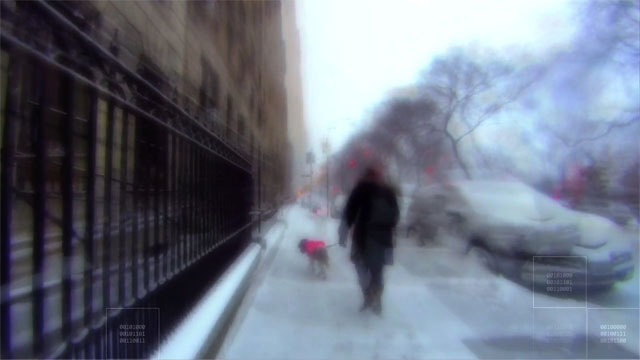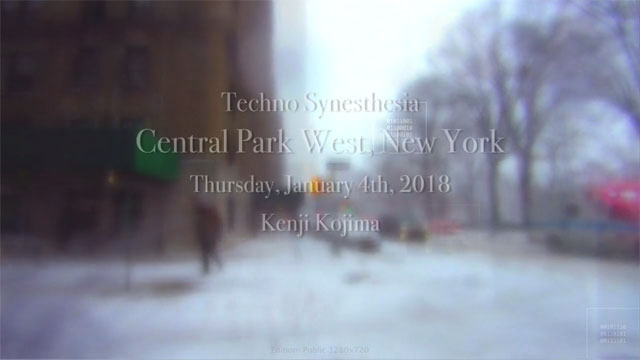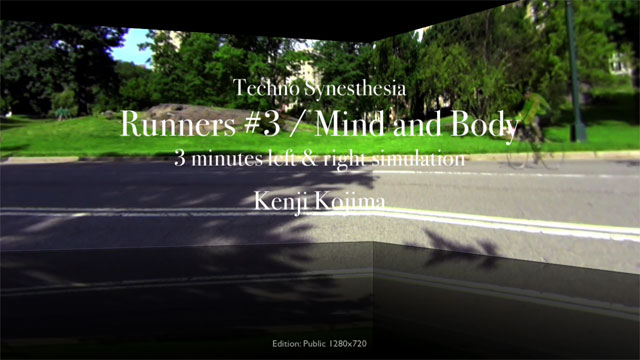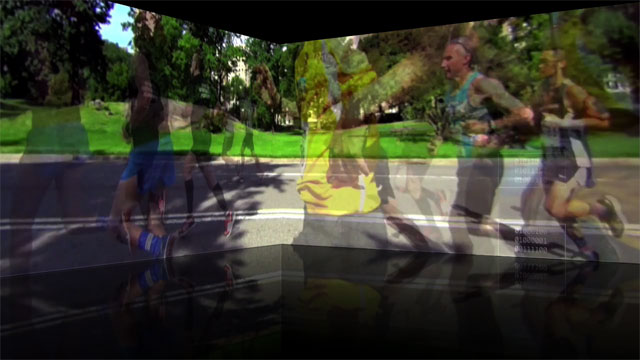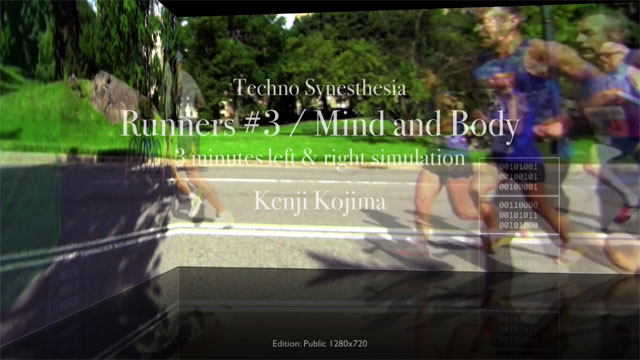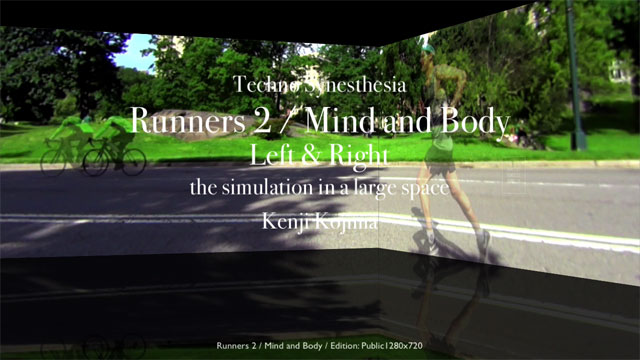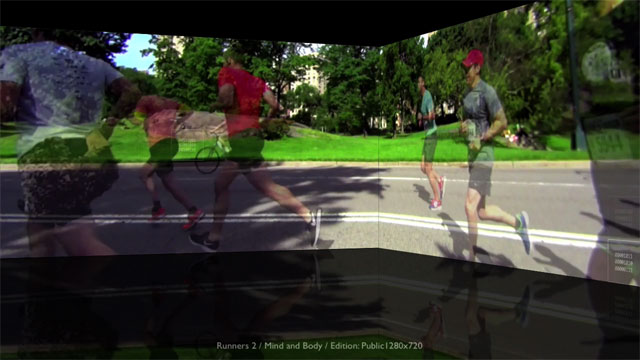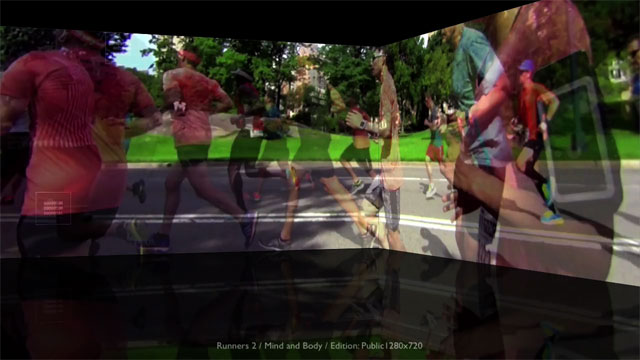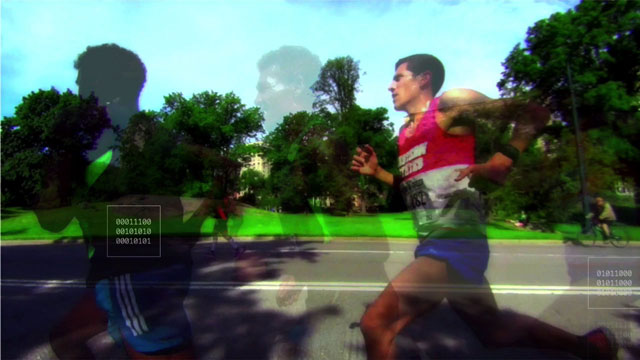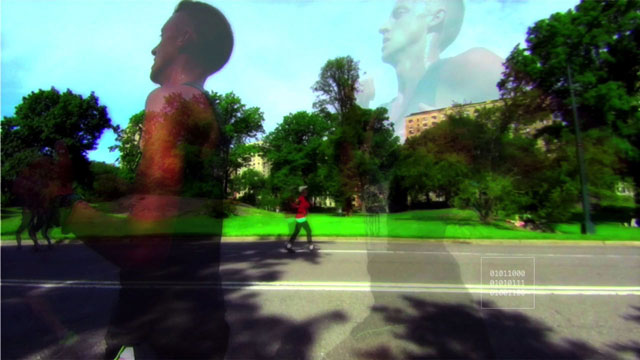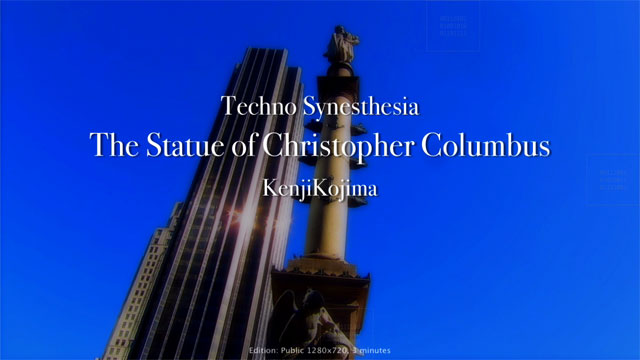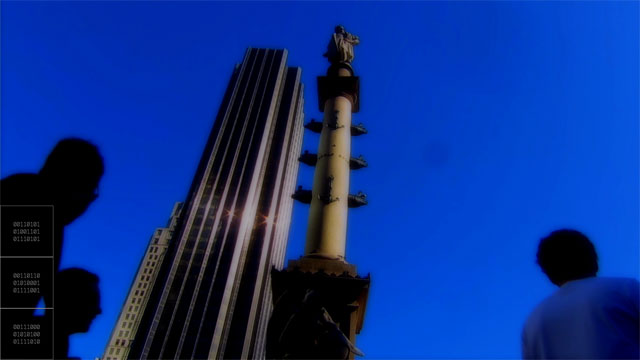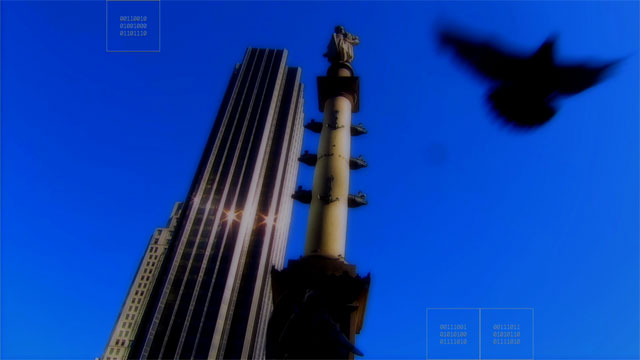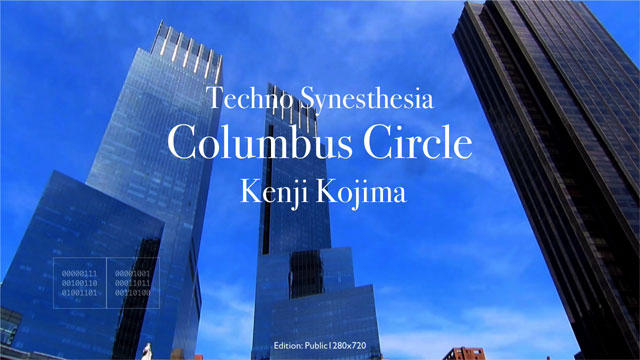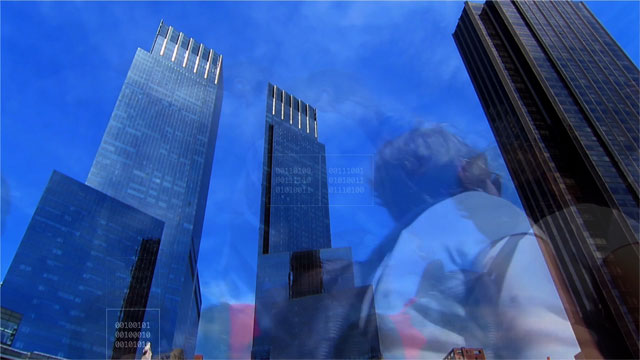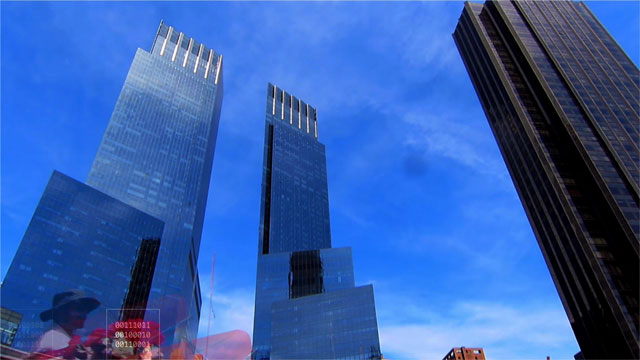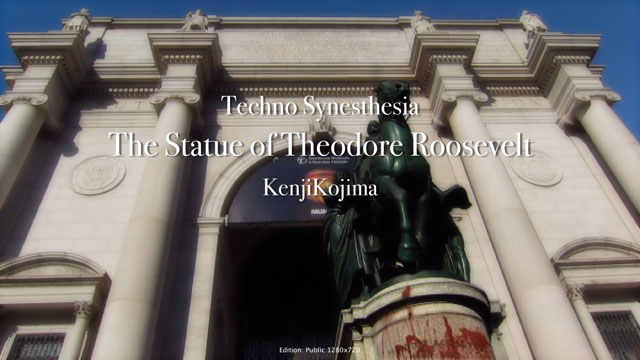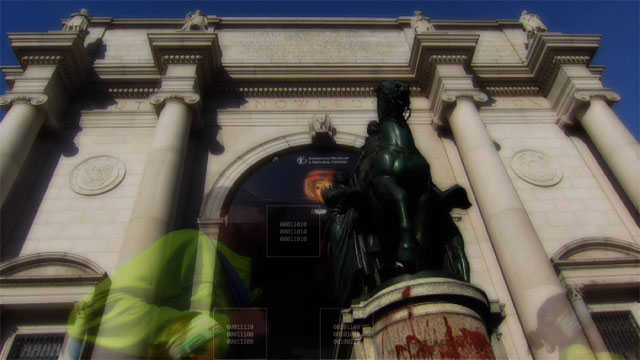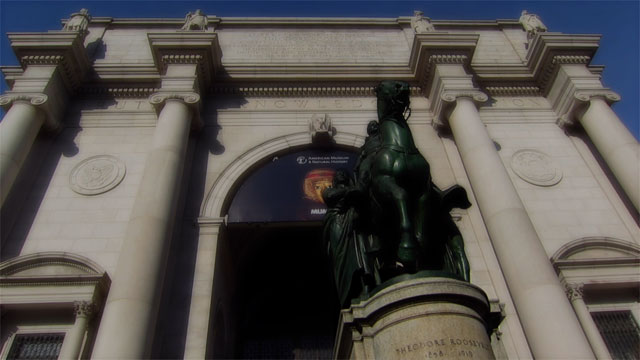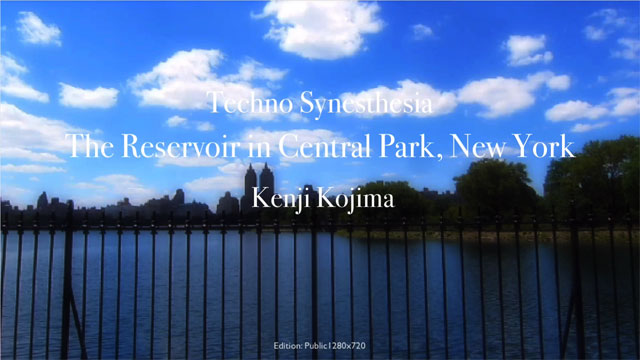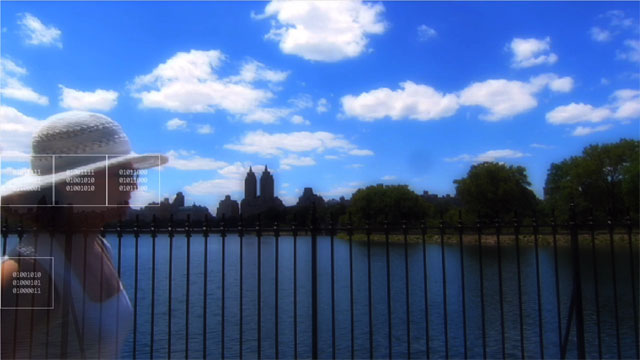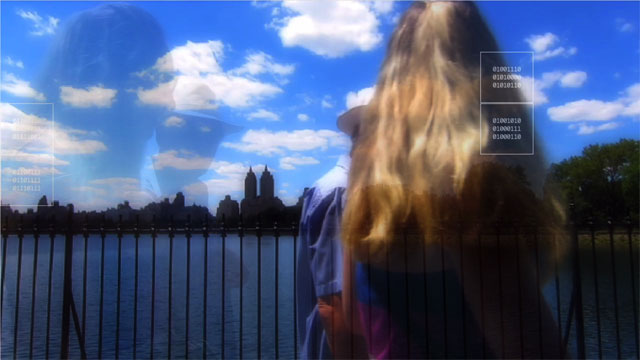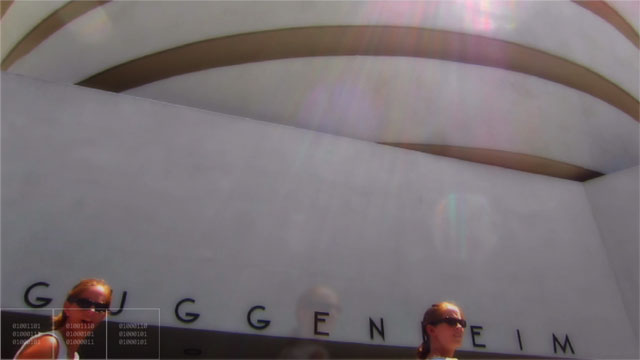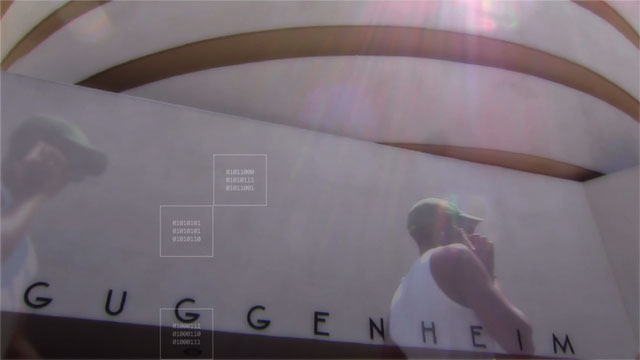Hide About 3D Timeline Drawing Techno Synesthesia / 3Dライン・ドローイングについて を隠す
The algorithm created a music from the video image data and drew the 3D line drawing from the XY position and the Z timeline(every each second) where the music data was extracted. The 2D drawing was drawn from the front view, then 3D wireframe turned 360 degrees.
アルゴリズムでビデオのイメージデータから音楽を作っています。3Dライン・ラインドローイングはデータを採ったグリッドのXYポジション、タイムラインをZポジションに採って約1秒ごとに(または同感覚で)正面から描いています。2Dドローイング終了後、時間要素を加えられた3Dワイアーフレームは360度回転します。
The art project "Techno Synesthesia" has attempted to extract music from visual data by computer technology. This concept implies the evolution of sensory functions by science and technology.
The artist Kojima's mind feels audio and visual are no boundaries between them. However, he cannot listen to colors and cannot see to sounds. He is just an ordinary man but an artist. He thought he would rather realize it by computer technology. Because a computer reduces all sensory data to binary. And the binary can be converted to other sensory formats. Kojima has developed computer programming for this concept since 2007. In the early stages, the program converted RGB color values of a still image to musical notes and played them by midi instrumentals. Recently, the program picks out the musical points from moving images that can be made with the differences in light and shade from the transition of time. "Timeline Drawing, Foxtails, Grasses, Withering Flowers" series was shot in Central Park, New York City. The project is implied that is experimenting with the evolution of sensory organs for artworks.
Biologically a human being has evolved very slowly until the 21st-century. We have evolved to recognize the surrounding environment by sensory organs such as visual, auditory, tactile, and others, and recognized them as reality. However, we have not known that how we perceived our environment and boundaries of sensory information, and how we handled them and choose our actions. What were the differences between how human beings and deep-sea creatures have evolved distinguishing information from the outside world? A human being developed vision, hearing, taste, smell, and touch for our survival and the realization of our outside world. But many deep-sea creatures do not have eyes and ears for the realization of their outside world.
The science and technology of the 21st-century has made new tools for physical abilities and created the new way of evolution. Cyborg is not a science fiction. The idea of physical extensions is in actuality. We shall have the evolutions in science and technology are not only physical extensions that are tangible but also senses that are perceptible too. This abstract idea is still in an experimental art. It is a small step for expanding or merging of human sensitivity and aesthetics by computer technology. Technically it uses computer science, but it is not a science. It is the fundamental research aware of our surrounding or might be closer to an alchemy. Alchemy was in the medieval idea. However, it formed the foundation of modern chemistry.
Hide About 3D Timeline Drawing & Techno Synesthesia / 3Dライン・ドローイングについて を隠す
The algorithm created a music from the video image data and drew the 3D line drawing from the XY position and the Z timeline(every each second) where the music data was extracted. The 2D drawing was drawn from the front view, then 3D wireframe turned 360 degrees.
アルゴリズムでビデオのイメージデータから音楽を作っています。3Dライン・ラインドローイングはデータを採ったグリッドのXYポジション、タイムラインをZポジションに採って約1秒ごとに(または同感覚で)正面から描いています。2Dドローイング終了後、時間要素を加えられた3Dワイアーフレームは360度回転します。
The art project "Techno Synesthesia" has attempted to extract music from visual data by computer technology. This concept implies the evolution of sensory functions by science and technology.
The artist Kojima's mind feels audio and visual are no boundaries between them. However, he cannot listen to colors and cannot see to sounds. He is just an ordinary man but an artist. He thought he would rather realize it by computer technology. Because a computer reduces all sensory data to binary. And the binary can be converted to other sensory formats. Kojima has developed computer programming for this concept since 2007. In the early stages, the program converted RGB color values of a still image to musical notes and played them by midi instrumentals. Recently, the program picks out the musical points from moving images that can be made with the differences in light and shade from the transition of time. "Timeline Drawing, Foxtails, Grasses, Withering Flowers" series was shot in Central Park, New York City. The project is implied that is experimenting with the evolution of sensory organs for artworks.
Biologically a human being has evolved very slowly until the 21st-century. We have evolved to recognize the surrounding environment by sensory organs such as visual, auditory, tactile, and others, and recognized them as reality. However, we have not known that how we perceived our environment and boundaries of sensory information, and how we handled them and choose our actions. What were the differences between how human beings and deep-sea creatures have evolved distinguishing information from the outside world? A human being developed vision, hearing, taste, smell, and touch for our survival and the realization of our outside world. But many deep-sea creatures do not have eyes and ears for the realization of their outside world.
The science and technology of the 21st-century has made new tools for physical abilities and created the new way of evolution. Cyborg is not a science fiction. The idea of physical extensions is in actuality. We shall have the evolutions in science and technology are not only physical extensions that are tangible but also senses that are perceptible too. This abstract idea is still in an experimental art. It is a small step for expanding or merging of human sensitivity and aesthetics by computer technology. Technically it uses computer science, but it is not a science. It is the fundamental research aware of our surrounding or might be closer to an alchemy. Alchemy was in the medieval idea. However, it formed the foundation of modern chemistry.
Hide About 3D Timeline Drawing & Techno Synesthesia / 3Dライン・ドローイングについて を隠す
